Home>Gardening & Outdoor>Plant Care & Gardening Tips>When To Plant Wildflower Seeds In Pots
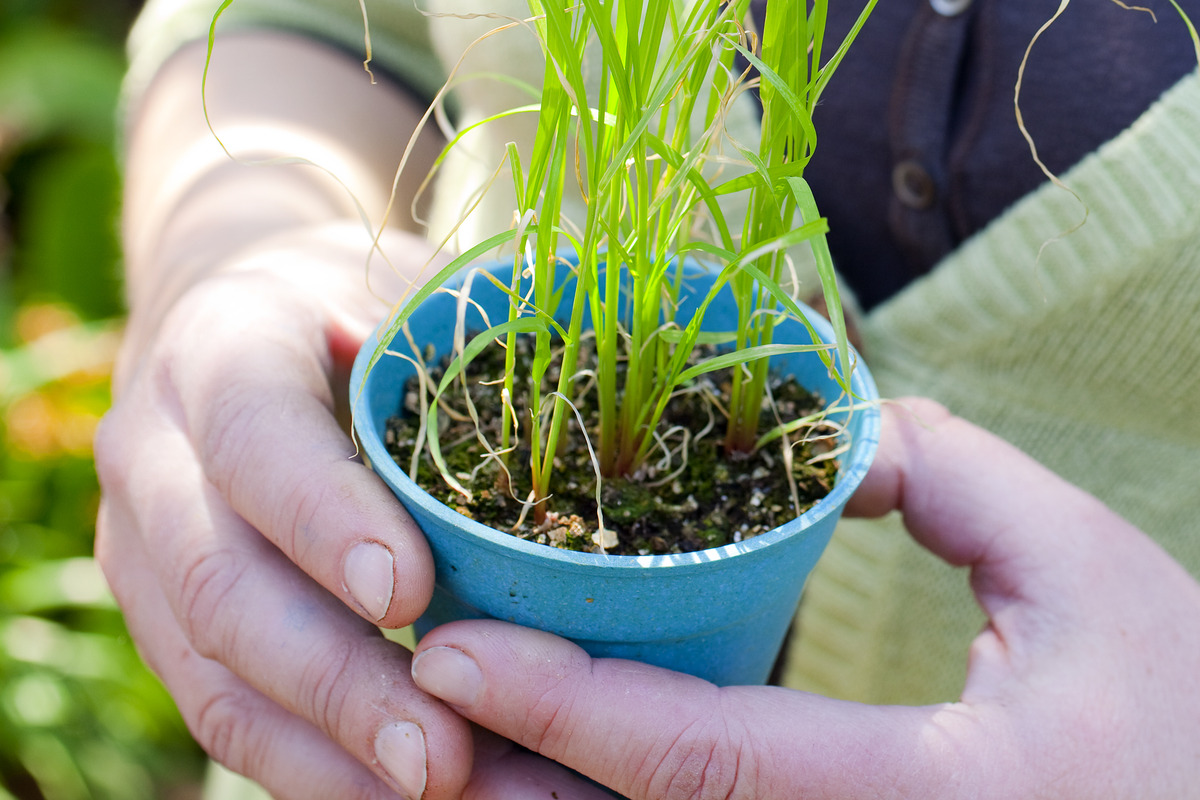

Plant Care & Gardening Tips
When To Plant Wildflower Seeds In Pots
Modified: February 25, 2024
Learn the best time to plant wildflower seeds in pots and get expert plant care and gardening tips for successful wildflower cultivation. Discover the ideal planting season and essential techniques.
(Many of the links in this article redirect to a specific reviewed product. Your purchase of these products through affiliate links helps to generate commission for Storables.com, at no extra cost. Learn more)
Introduction
Wildflowers add a touch of natural beauty to any outdoor space, and planting wildflower seeds in pots is a fantastic way to bring their colorful blooms closer to your home. Whether you have a spacious backyard or a cozy balcony, cultivating wildflowers in pots allows you to create a vibrant, blossoming display that brightens up your surroundings.
In this article, we'll explore the art of planting wildflower seeds in pots, from the benefits of this approach to the essential steps for successful cultivation. Whether you're a seasoned gardener or a green-thumbed novice, the joy of nurturing wildflowers in pots is accessible to all. So, let's delve into the world of wildflowers and discover the wonders of potted floral abundance.
Key Takeaways:
- Planting wildflower seeds in pots offers versatility, controlled environment, seasonal display, accessibility, and biodiversity, making it a delightful and rewarding experience for all plant enthusiasts.
- Carefully timing the planting, preparing the pots, sowing the seeds, and nurturing the seedlings are essential for successfully cultivating vibrant wildflower displays in pots.
Read more: When Should I Plant Wildflower Seeds
Benefits of Planting Wildflower Seeds in Pots
Embarking on the journey of planting wildflower seeds in pots offers a plethora of advantages that cater to both seasoned gardeners and those new to the art of cultivation. Here are some compelling benefits of opting for potted wildflowers:
- Versatility: Potted wildflowers provide the flexibility to adorn various outdoor spaces, from balconies and patios to windowsills and garden borders. Their adaptability enables individuals with limited outdoor areas to partake in the joy of nurturing blossoming flora.
- Controlled Environment: Pots offer a controlled environment, allowing for precise management of soil quality, drainage, and sunlight exposure. This control facilitates optimal conditions for wildflower growth, particularly for species that thrive in specific soil types or light intensities.
- Seasonal Display: Potted wildflowers can be strategically positioned to create stunning seasonal displays. Whether you desire a burst of springtime hues or a riot of summer blooms, pots enable you to rotate and rearrange your floral arrangements to suit the changing seasons.
- Accessibility: Planting wildflowers in pots brings the beauty of nature closer to your living space, fostering a connection with the outdoors. This accessibility allows for easy observation and appreciation of the wildflowers’ growth and transformation, enriching your daily surroundings.
- Biodiversity: Potted wildflowers contribute to biodiversity by attracting pollinators such as bees, butterflies, and birds. By nurturing a diverse array of wildflowers in pots, you can play a role in supporting local ecosystems and promoting the well-being of essential pollinating species.
These benefits underscore the appeal and practicality of cultivating wildflowers in pots, offering a delightful and rewarding experience for plant enthusiasts of all levels.
Choosing the Right Time to Plant Wildflower Seeds
Timing is crucial when it comes to planting wildflower seeds in pots, as it directly impacts the success of germination and subsequent growth. Understanding the optimal timing for sowing wildflower seeds is essential for nurturing healthy and vibrant floral displays. Here are key considerations for selecting the right time to plant wildflower seeds in pots:
- Seasonal Suitability: Different wildflower species have specific seasonal preferences for germination and growth. It is important to research the flowering periods of the wildflowers you intend to cultivate and align your planting schedule accordingly. For instance, some species thrive when sown in early spring, while others fare better with late summer or early autumn planting.
- Local Climate: Consider the climate of your region when determining the ideal time for planting wildflower seeds. Understanding the average last frost date and the onset of favorable growing conditions in your area is crucial for successful germination and establishment of wildflower seedlings.
- Seed-Specific Requirements: Each wildflower species has unique requirements for germination, including preferred soil temperatures and light conditions. Review the seed packets or reliable gardening resources to ascertain the specific needs of the wildflower seeds you plan to sow, and use this information to guide your planting timeline.
- Long-Term Blooming Goals: If you aim to achieve continuous or sequential blooming of wildflowers in your pots, strategic planning of planting times is essential. By staggering the sowing of different wildflower species or varieties, you can orchestrate a prolonged and captivating floral display throughout the growing season.
By carefully considering these factors, you can pinpoint the optimal window for planting wildflower seeds in your pots, setting the stage for a flourishing and visually enchanting wildflower garden.
Preparing the Pots for Planting
Before embarking on the delightful journey of planting wildflower seeds in pots, it is essential to prepare the containers to provide an optimal growing environment for the seeds and subsequent seedlings. Here are the key steps to prepare the pots for planting:
- Selection of Suitable Pots: Choose pots that are spacious enough to accommodate the root systems of the wildflower seedlings as they mature. Ensure that the pots have drainage holes to prevent waterlogging, promoting healthy root development and preventing potential rot.
- Quality Potting Mix: Select a high-quality potting mix that offers excellent drainage and aeration for the wildflower seeds. Avoid using garden soil, as it may compact in the confines of the pot and impede seedling growth. Opt for a well-balanced potting mix specifically formulated for container gardening.
- Sanitization: Clean the pots thoroughly before planting to remove any lingering pathogens or debris that could impede seed germination or harm the seedlings. A simple rinse with a mild bleach solution followed by thorough rinsing with water can help sterilize the pots.
- Fill and Level the Potting Mix: Fill the pots with the potting mix, leaving sufficient space at the top to accommodate watering. Gently level the surface of the potting mix to create a uniform bed for sowing the wildflower seeds.
- Moistening the Potting Mix: Before sowing the wildflower seeds, lightly moisten the potting mix to provide a conducive environment for germination. Avoid saturating the mix, as excessively wet conditions can hinder seed germination.
By meticulously preparing the pots for planting, you establish a nurturing foundation for the wildflower seeds, setting the stage for successful germination and robust seedling growth. This preparatory phase lays the groundwork for a thriving and visually captivating wildflower display in your pots.
Plant wildflower seeds in pots in the early spring or late fall. This will give the seeds time to establish before the heat of summer or the cold of winter. Keep the soil moist and place the pots in a sunny spot.
Planting Wildflower Seeds in Pots
Planting wildflower seeds in pots is an exciting and rewarding endeavor that requires attention to detail and a gentle touch. The following steps outline the process of sowing wildflower seeds in pots, setting the stage for the emergence of vibrant blooms:
- Seed Selection: Choose high-quality wildflower seeds suited to your local climate and the growing conditions of your outdoor space. Consider a diverse selection of wildflowers to create a visually captivating and ecologically beneficial display.
- Sowing Depth: Consult the seed packets or reliable gardening resources to determine the appropriate sowing depth for the wildflower seeds. As a general guideline, small seeds are typically sown at a shallow depth, while larger seeds may require slightly deeper planting.
- Sowing Technique: Create furrows or depressions in the moistened potting mix using a small trowel or your fingertip. Carefully place the wildflower seeds in the prepared furrows, ensuring even spacing to allow ample room for the seedlings to thrive.
- Covering the Seeds: Gently cover the sown seeds with a thin layer of potting mix or vermiculite, following the depth recommendations provided for the specific wildflower species. Lightly press down on the covering to ensure good seed-to-soil contact without compacting the mix excessively.
- Watering: After sowing the wildflower seeds, water the pots gently to settle the soil and provide initial moisture to the seeds. Use a fine mist or a gentle shower setting to avoid displacing the seeds or creating waterlogged conditions.
- Labeling and Positioning: Label the pots with the names of the sown wildflower species and the date of planting. Position the pots in a location that receives the appropriate sunlight exposure for the specific wildflower varieties, ensuring they have the best chance to thrive.
By following these steps with care and consideration, you lay the groundwork for the germination and emergence of wildflower seedlings, heralding the beginning of a delightful botanical journey within your potted garden.
Read more: How To Plant Wildflower Seeds In A Pot
Caring for Wildflower Seedlings
Once the wildflower seeds have been sown and the seedlings begin to emerge, attentive care is essential to nurture their growth and facilitate the development of robust, blooming plants. The following practices are crucial for caring for wildflower seedlings in pots:
- Watering: Provide consistent moisture to the seedlings, ensuring that the potting mix remains evenly moist but not waterlogged. Adjust the watering frequency based on the moisture retention properties of the potting mix and the environmental conditions.
- Thinning Seedlings: If the seedlings appear crowded or compete for space, consider thinning them to allow adequate room for individual plants to flourish. Carefully remove excess seedlings, retaining the healthiest and most vigorous specimens.
- Light Exposure: Position the pots in locations that align with the light requirements of the specific wildflower species. Monitor the seedlings for signs of inadequate or excessive light exposure, adjusting their placement as needed to optimize their growth.
- Fertilization: Consider supplementing the potting mix with a diluted, balanced liquid fertilizer to support the nutritional needs of the wildflower seedlings. Apply the fertilizer according to the product’s instructions, taking care not to over-fertilize, which can harm the delicate seedlings.
- Weed Management: Regularly inspect the pots for the presence of weeds, which can compete with the wildflower seedlings for resources. Gently remove any weeds that appear, taking care not to disturb the emerging roots of the wildflower plants.
- Pest and Disease Monitoring: Keep a watchful eye on the seedlings for signs of pest infestations or disease. Promptly address any issues by employing organic pest control methods or disease management strategies to safeguard the health of the wildflower seedlings.
By tending to the needs of the wildflower seedlings with diligence and care, you contribute to their resilience and vitality, nurturing them into flourishing plants that will grace your outdoor space with their vibrant and alluring blooms.
Conclusion
Cultivating wildflower seeds in pots is a delightful pursuit that offers a myriad of rewards, from the joy of nurturing nature’s beauty to the role you play in supporting local ecosystems. The process of selecting the right time for planting, preparing the pots, sowing the seeds, and caring for the emerging seedlings is a fulfilling journey that unfolds with each passing day, culminating in a stunning display of colorful blooms.
As you embark on this botanical adventure, remember that patience and attentive care are the cornerstones of successful wildflower cultivation. Each wildflower seed sown in a pot holds the promise of vibrant blossoms that will enchant and uplift your outdoor space, creating a haven for pollinators and a source of visual delight for all who encounter it.
Whether you have a small balcony, a cozy patio, or a sprawling garden, the art of planting wildflower seeds in pots invites you to partake in the wonder of nature’s intricate beauty on an intimate scale. As you witness the gradual emergence of the seedlings and the unfurling of their petals, you become a steward of a miniature floral paradise, teeming with life and vitality.
So, embrace the art of planting wildflower seeds in pots, and revel in the enchanting journey of tending to these delicate yet resilient plants. With each carefully tended pot, you contribute to the tapestry of natural splendor, bringing a touch of untamed wilderness to your doorstep and sowing the seeds of a harmonious coexistence between humans and the natural world.
May your potted wildflower garden flourish and inspire, serving as a testament to the transformative power of nurturing nature’s bountiful gifts within the confines of a humble pot.
Frequently Asked Questions about When To Plant Wildflower Seeds In Pots
Was this page helpful?
At Storables.com, we guarantee accurate and reliable information. Our content, validated by Expert Board Contributors, is crafted following stringent Editorial Policies. We're committed to providing you with well-researched, expert-backed insights for all your informational needs.
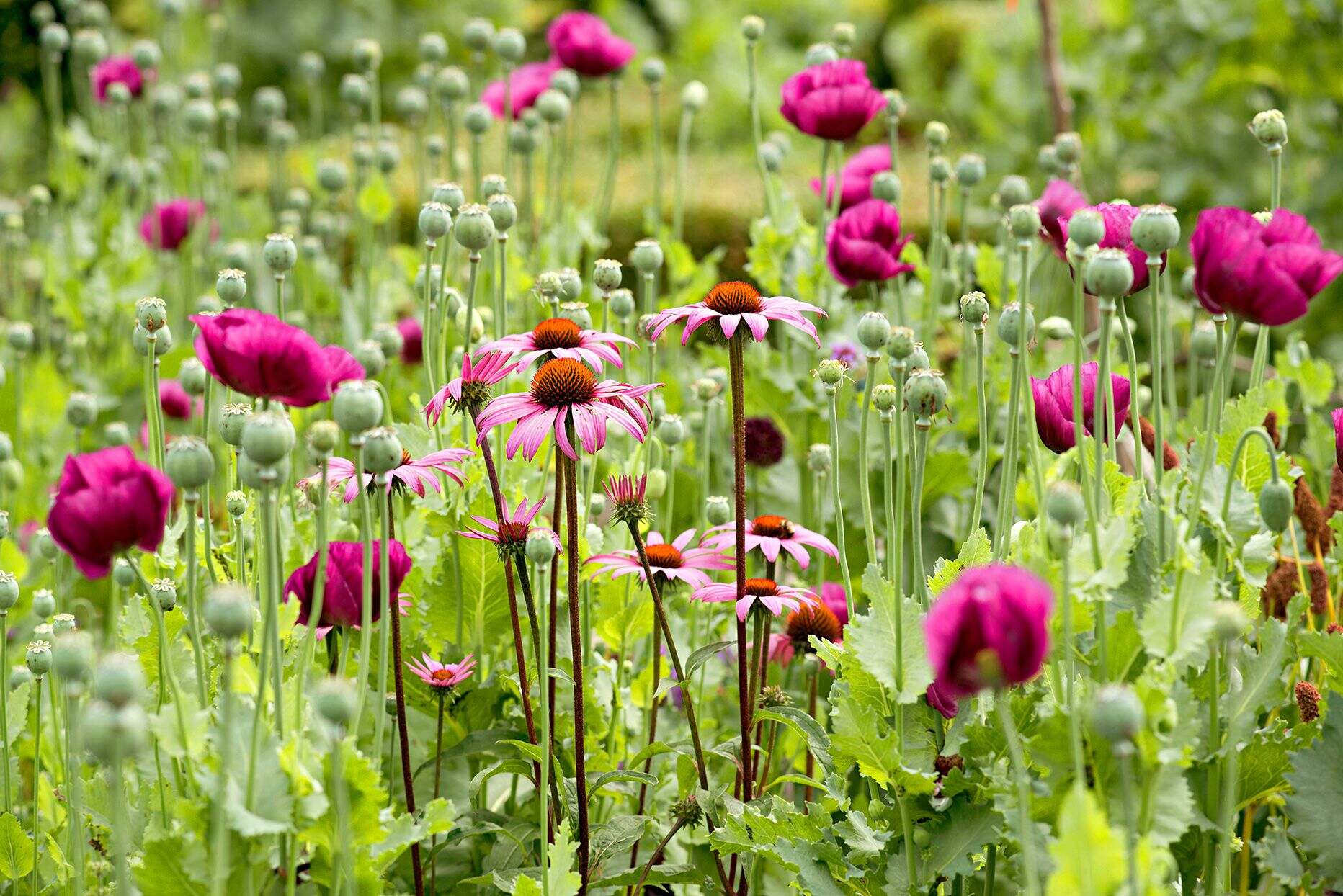
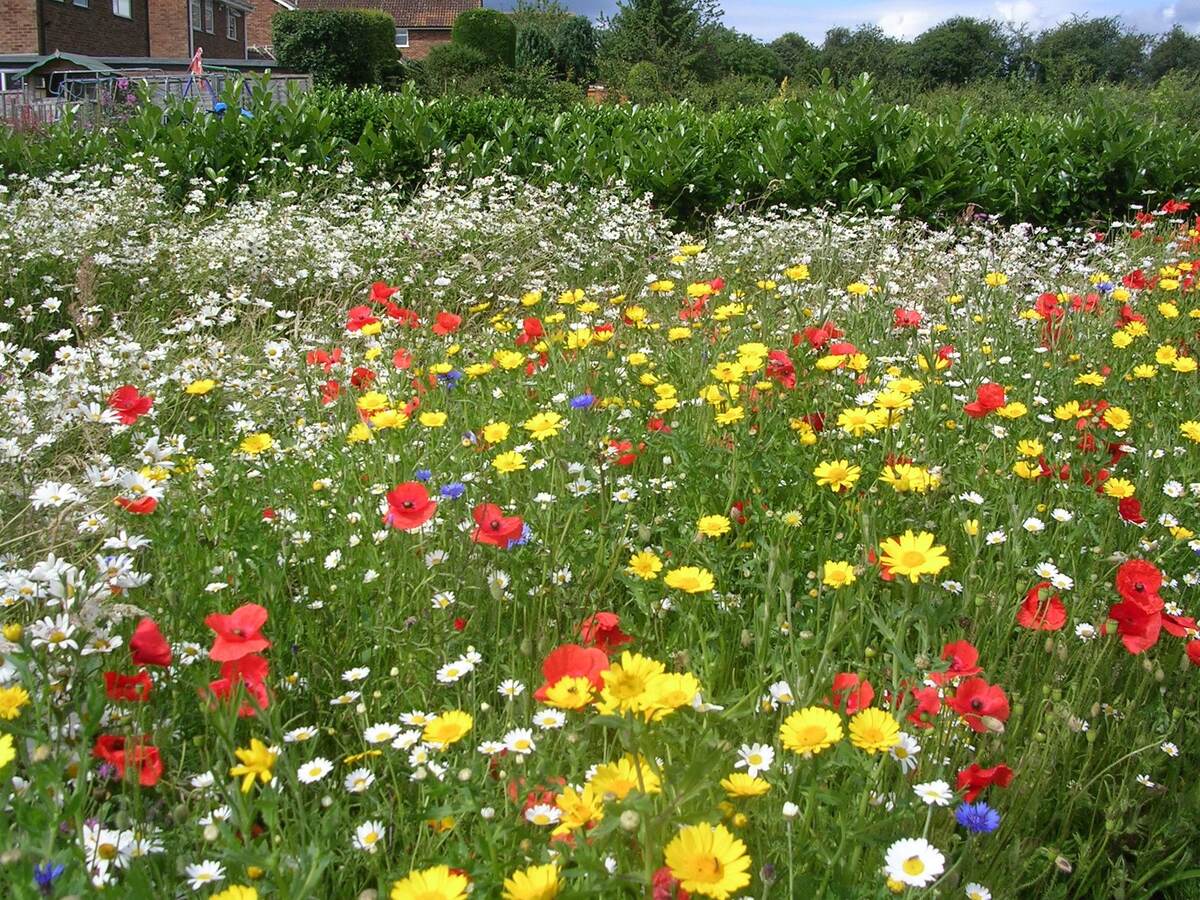
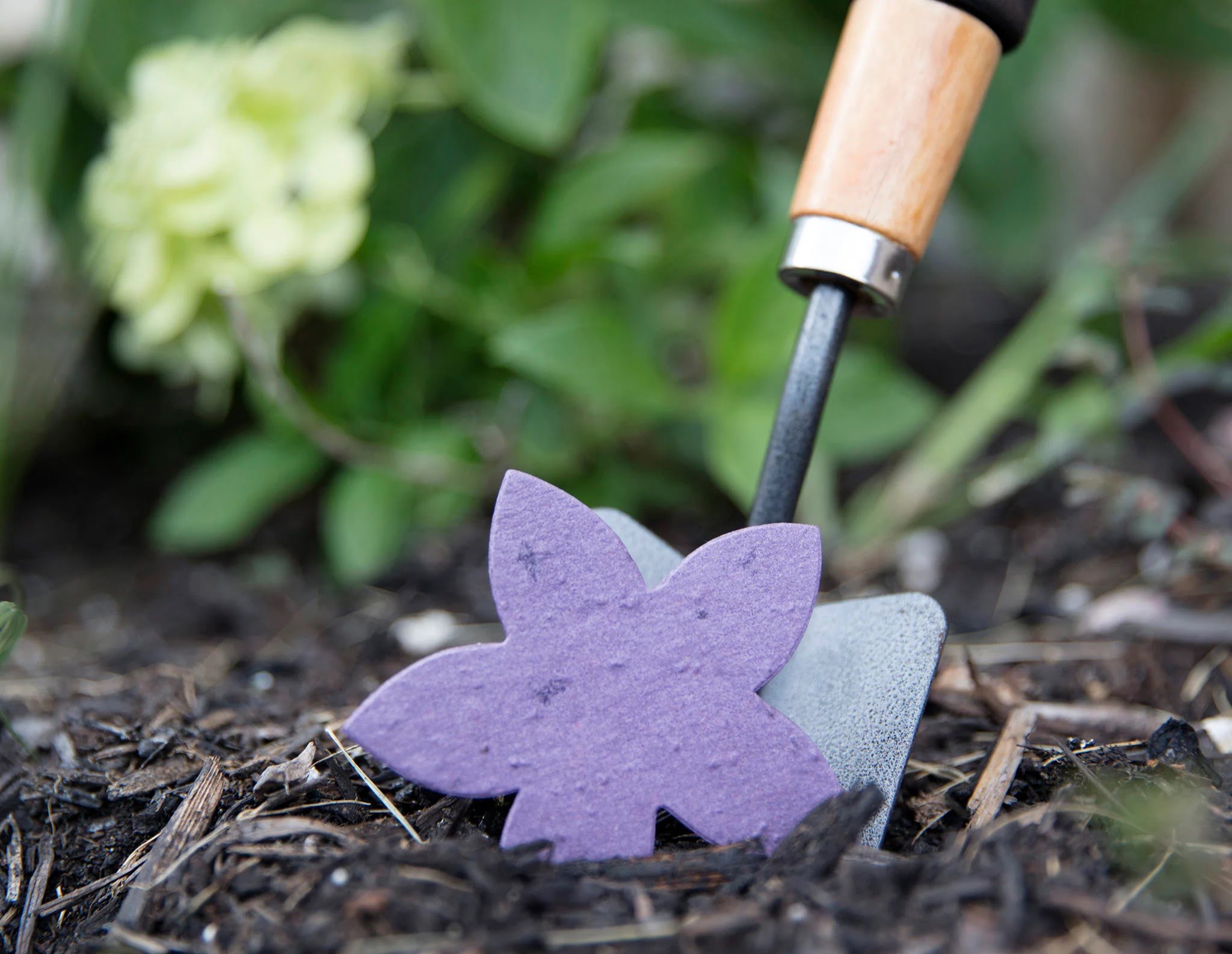
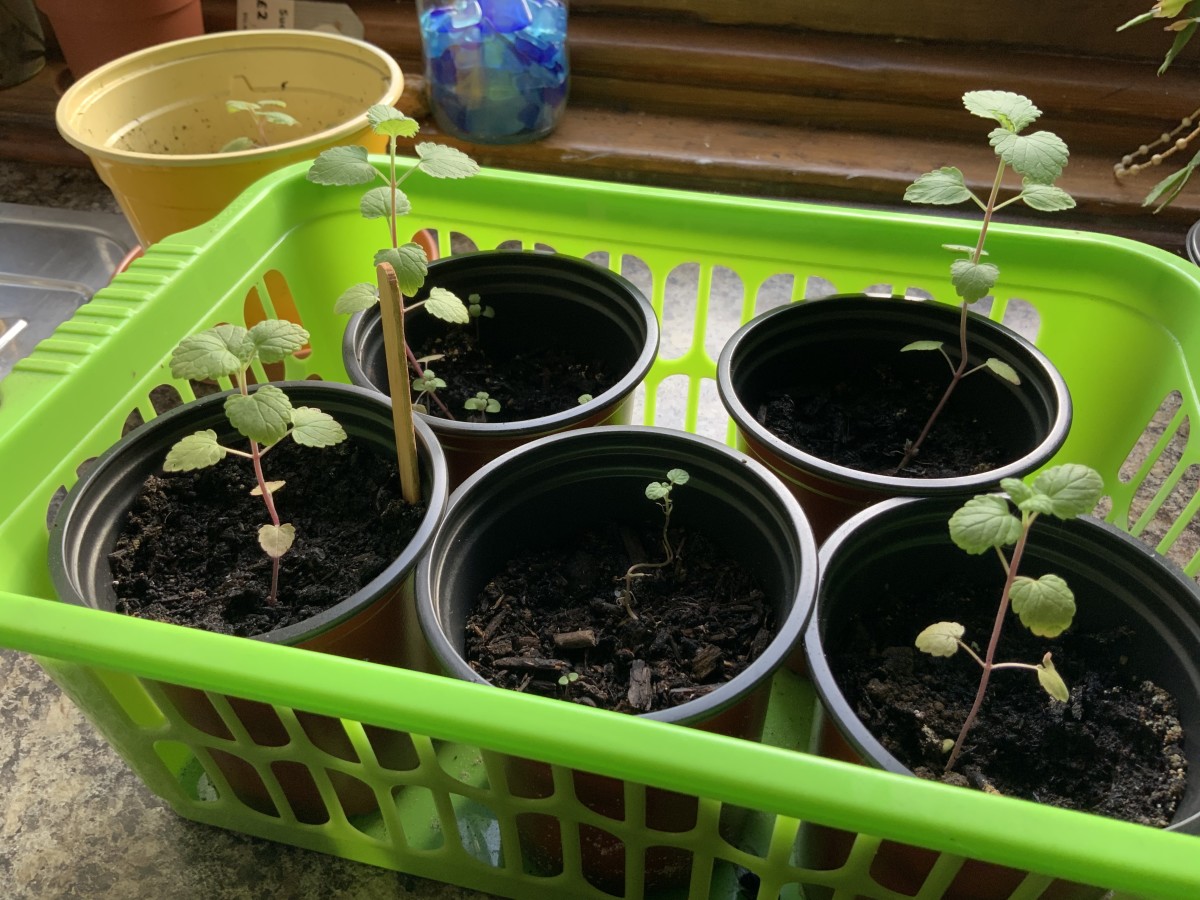
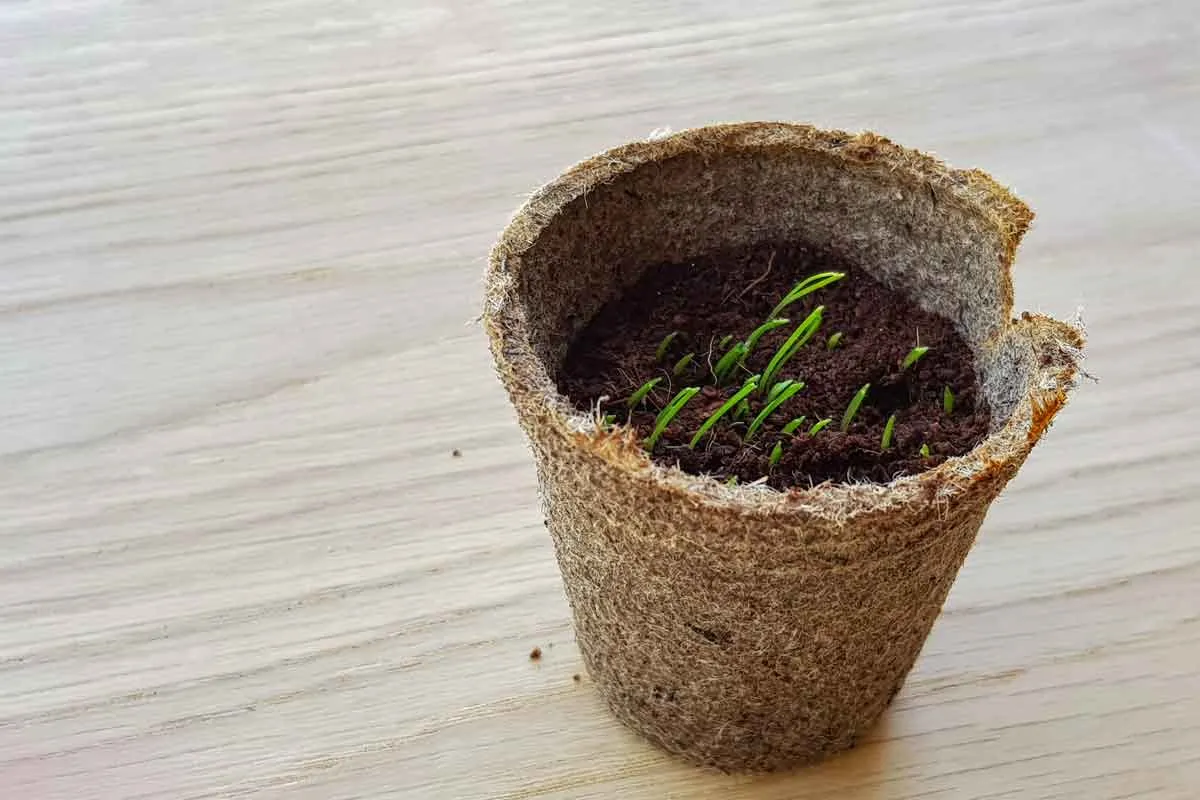
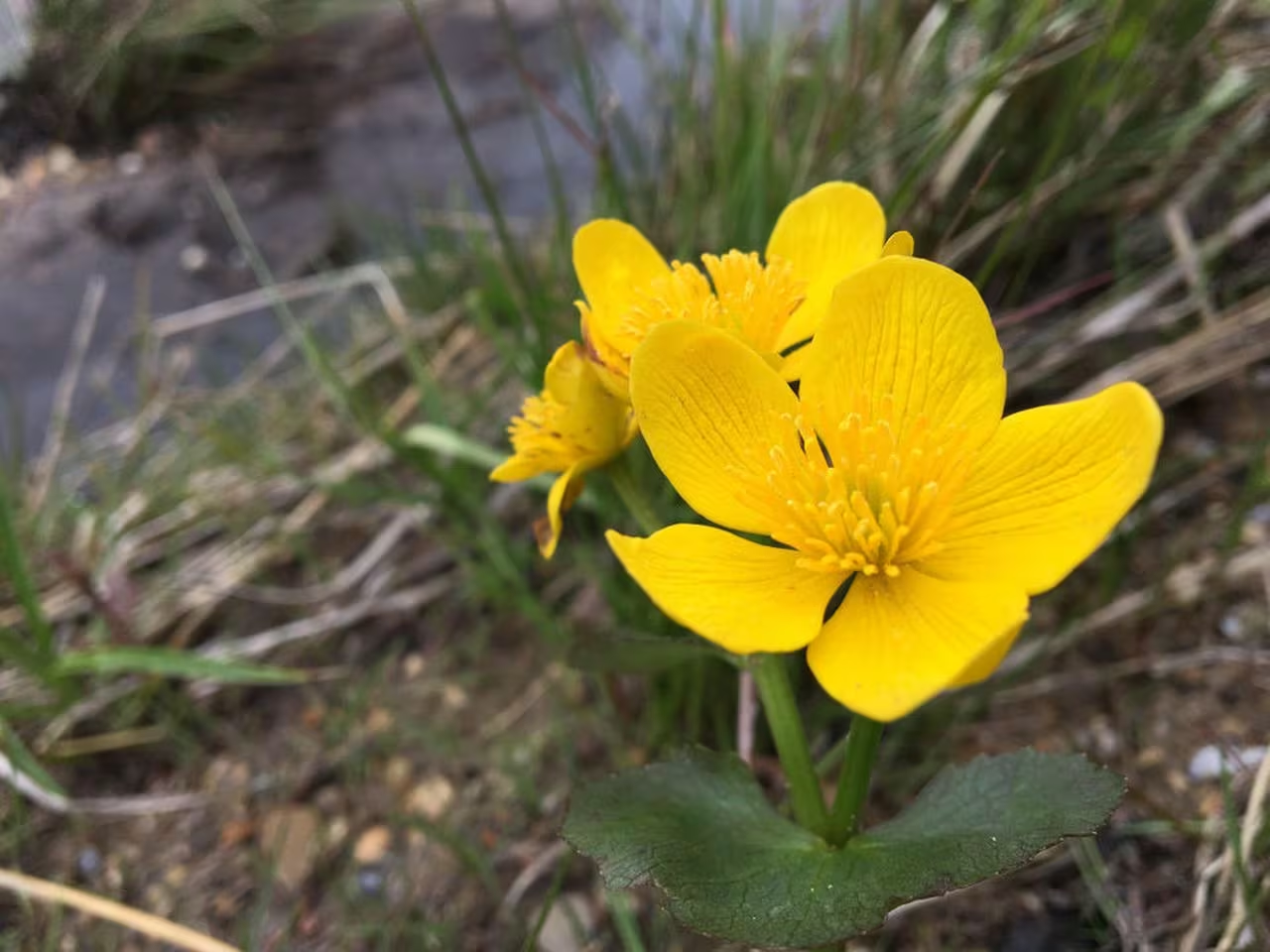
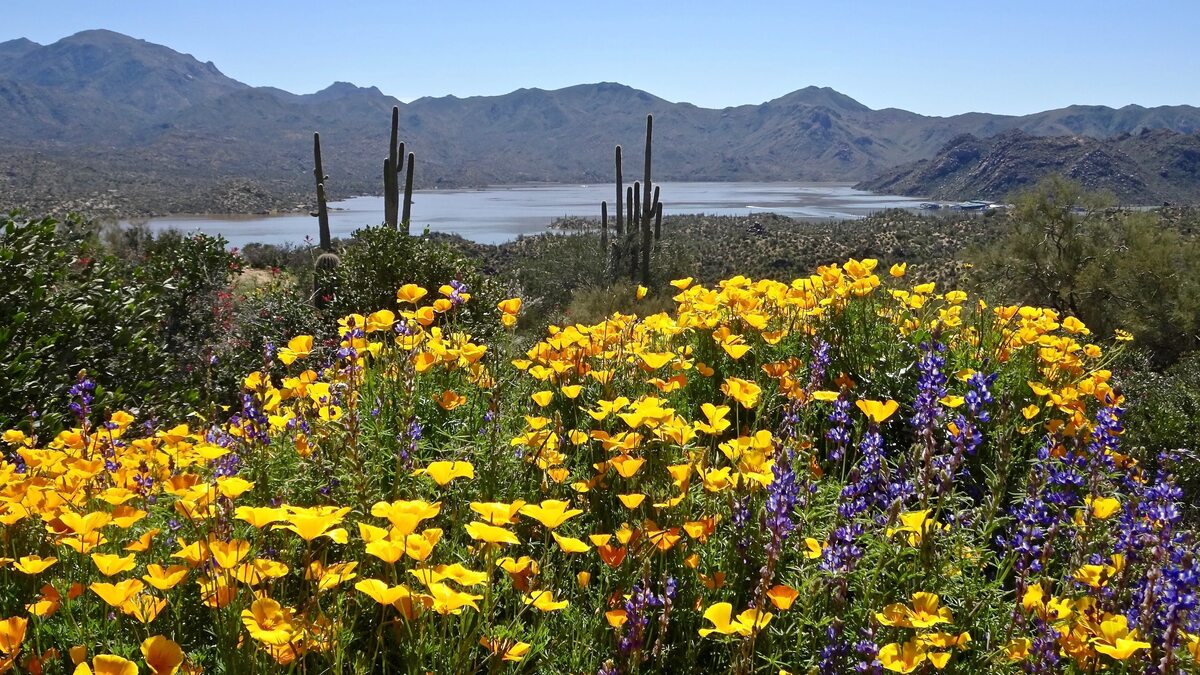
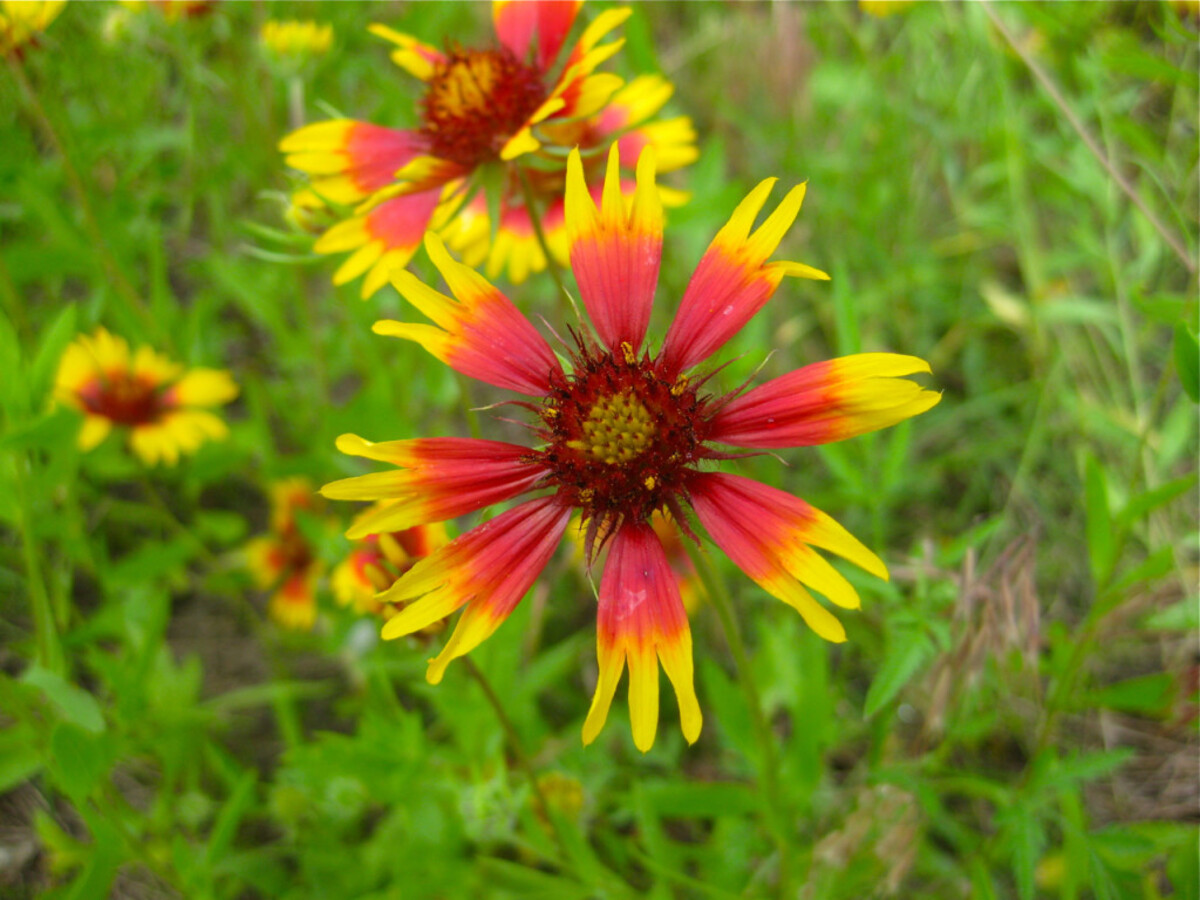
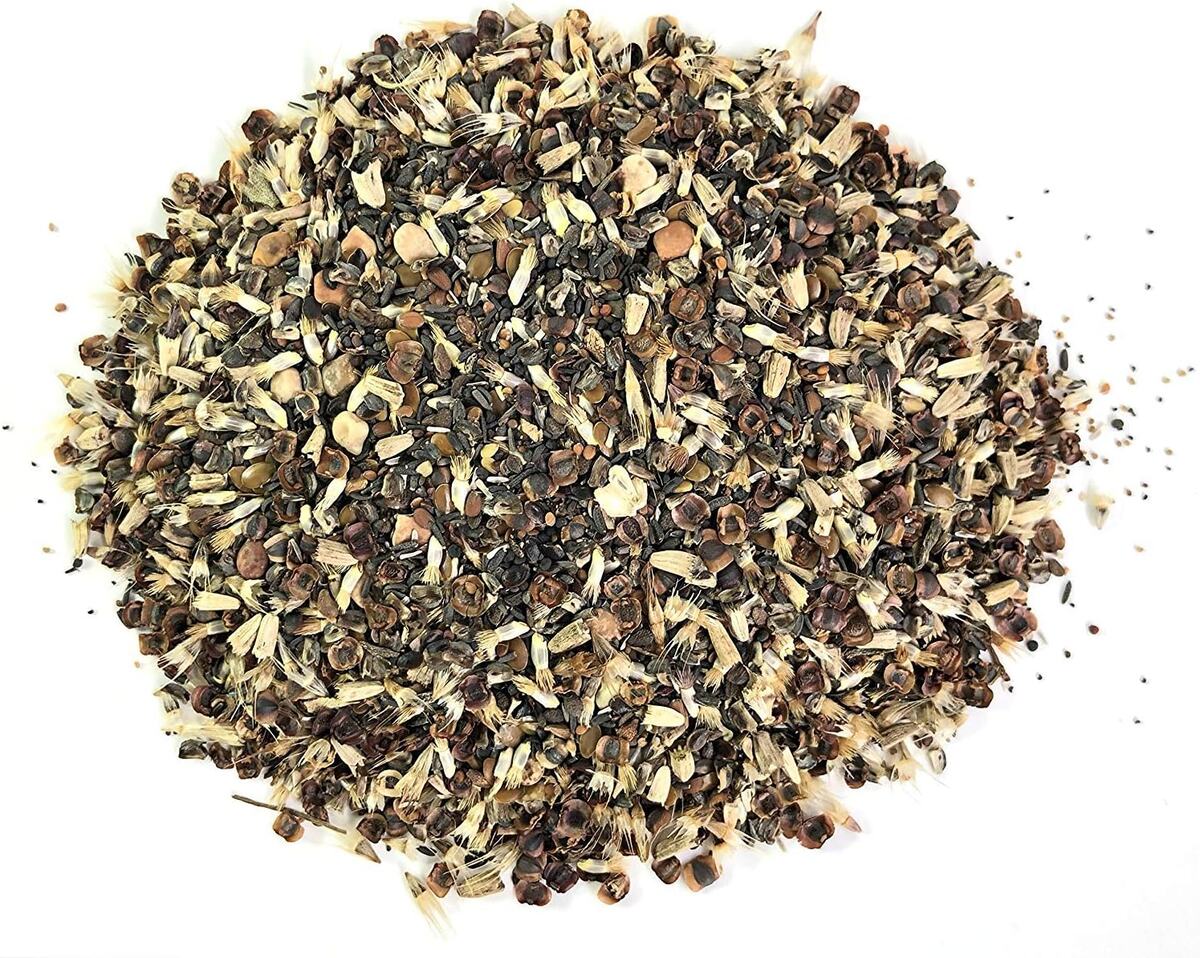
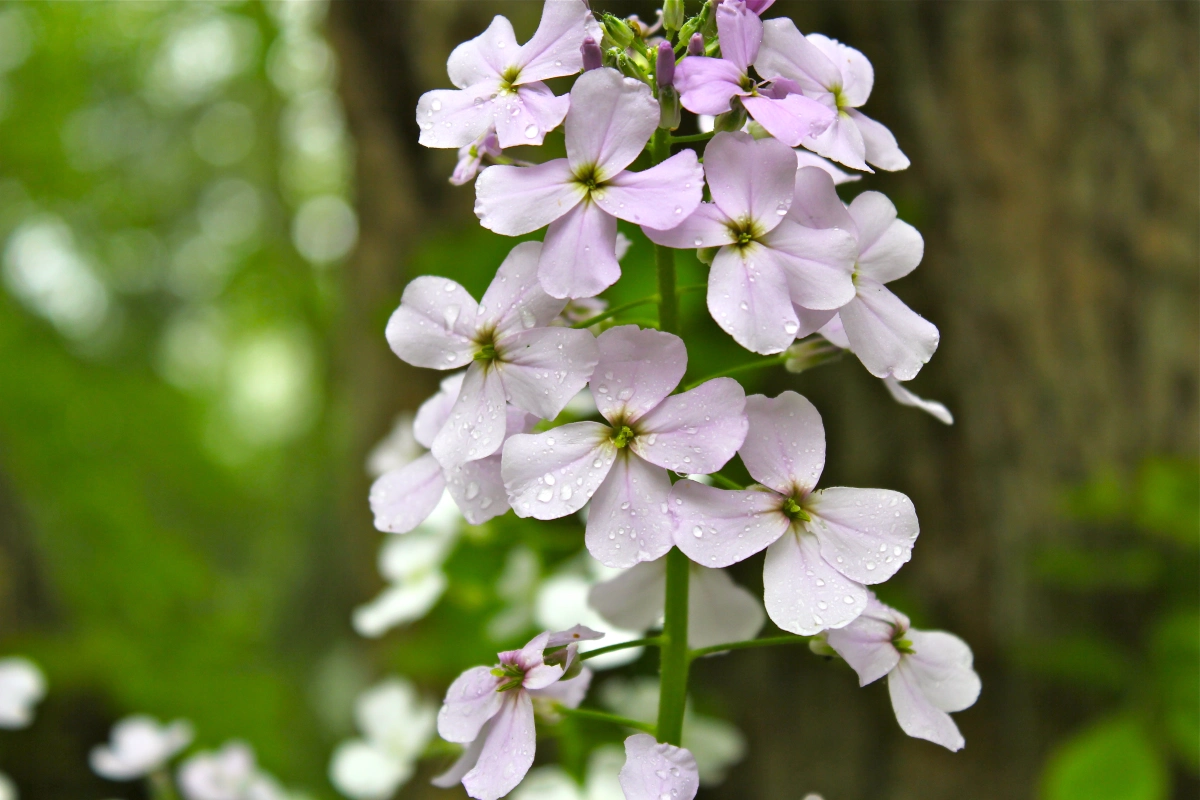
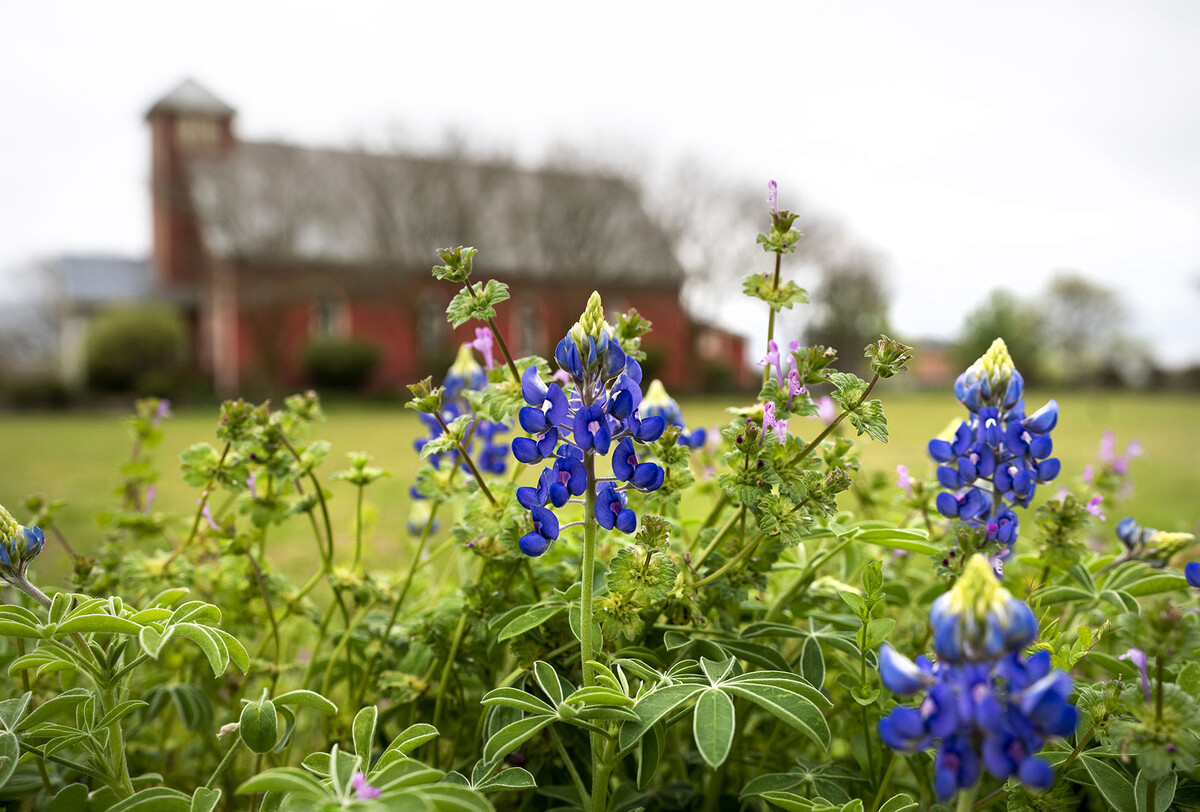
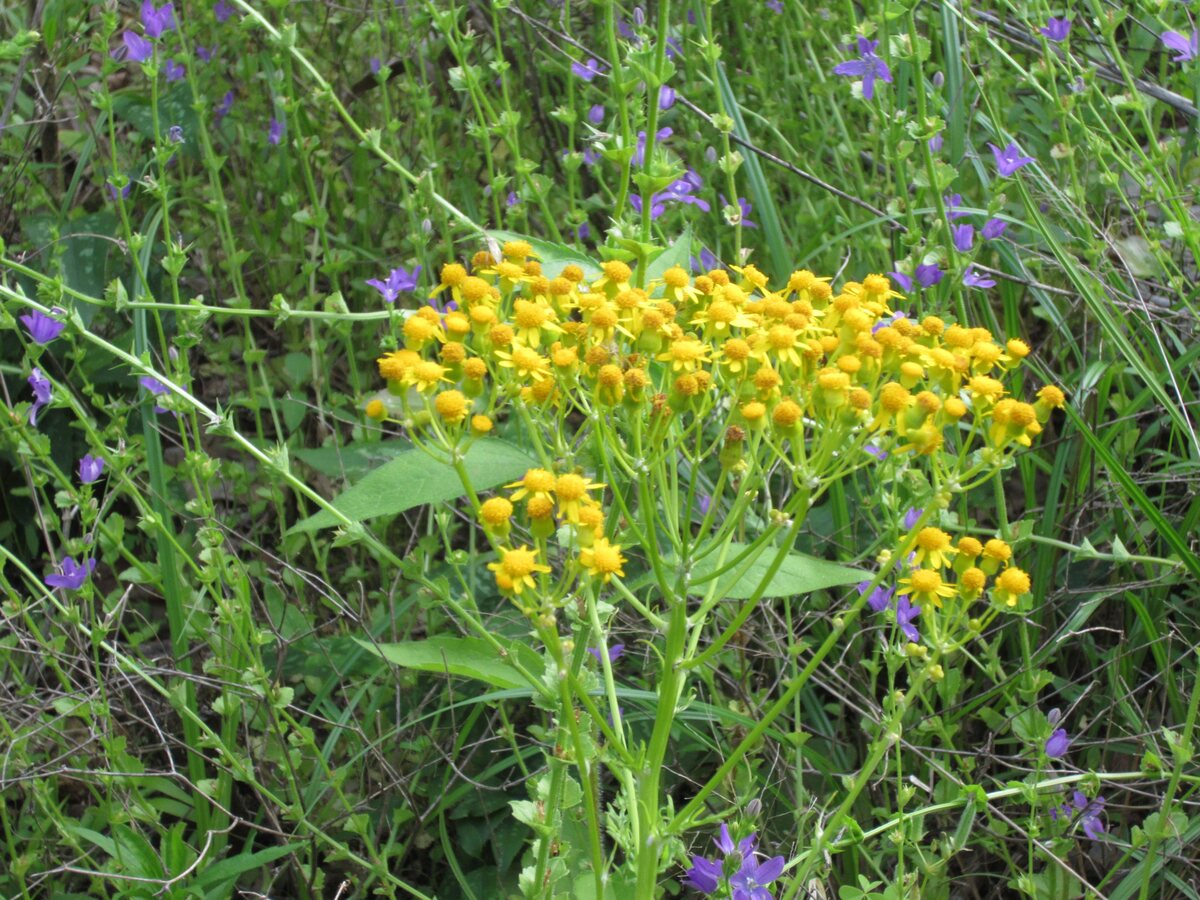
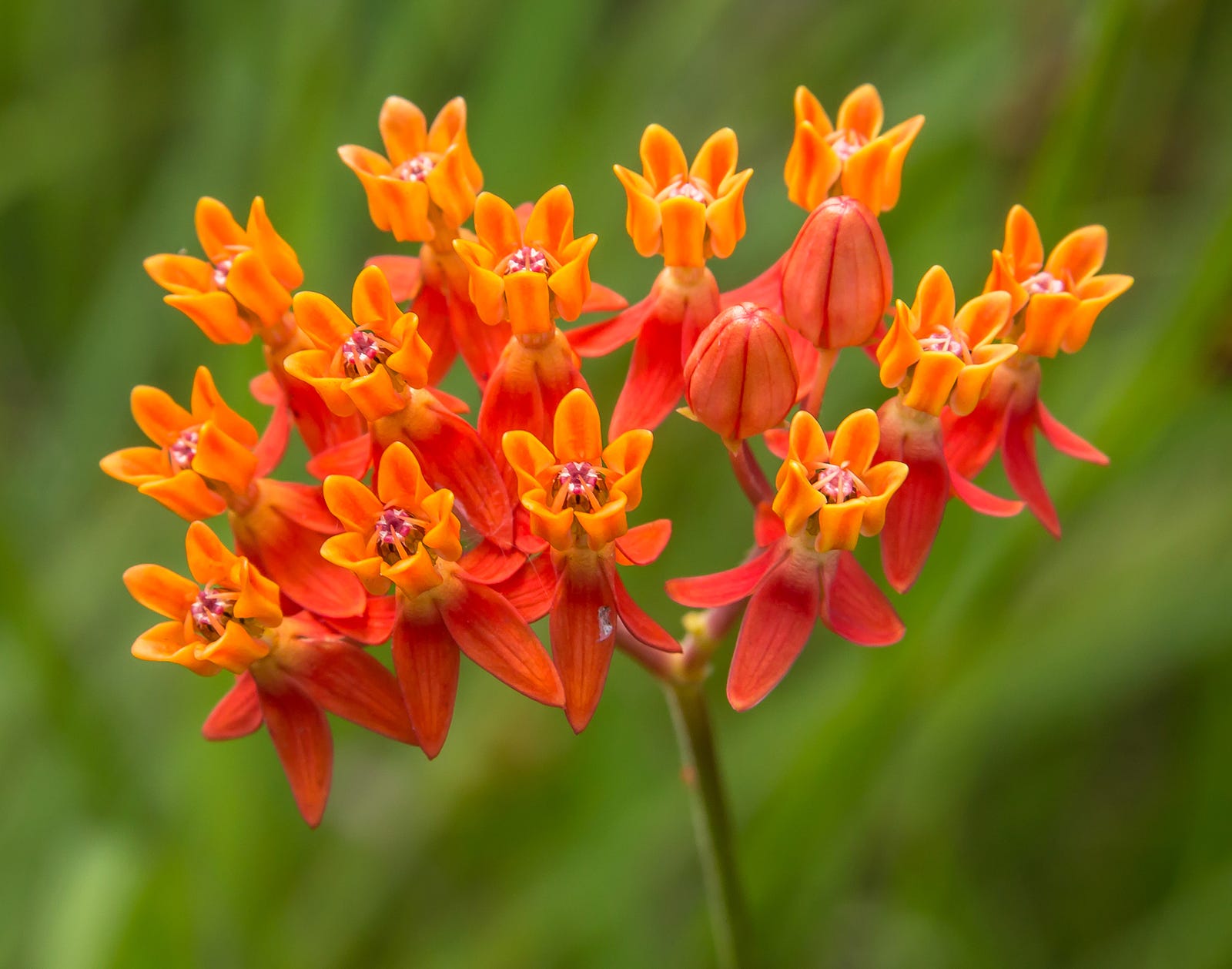
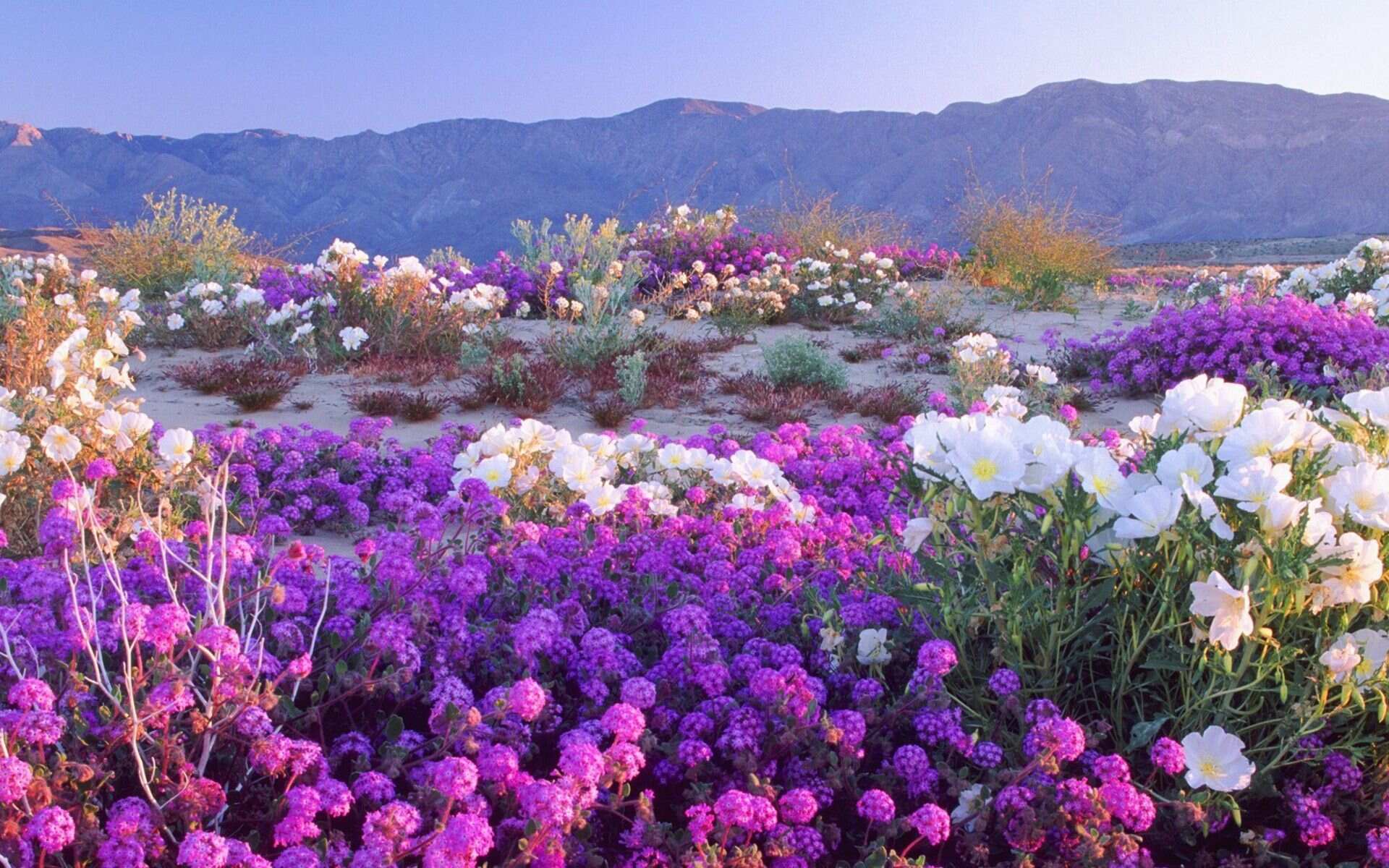

0 thoughts on “When To Plant Wildflower Seeds In Pots”